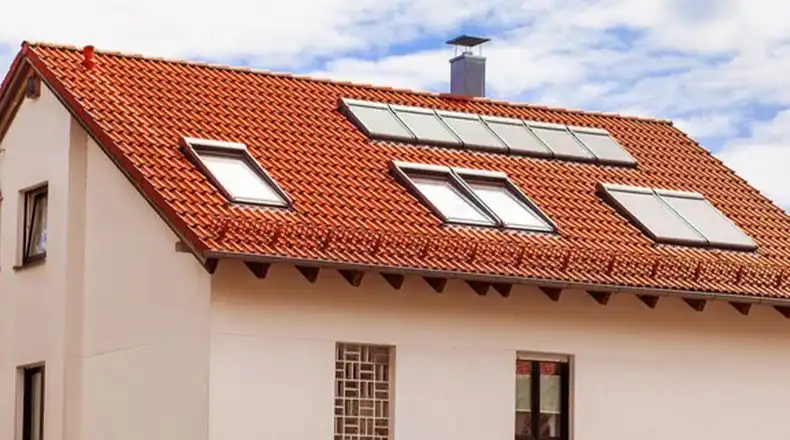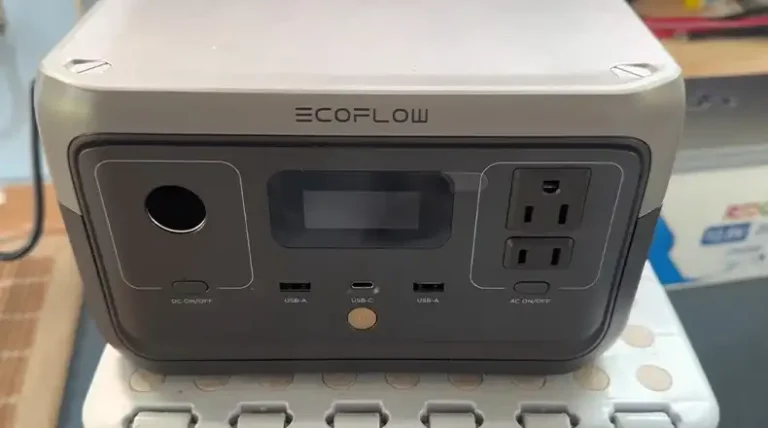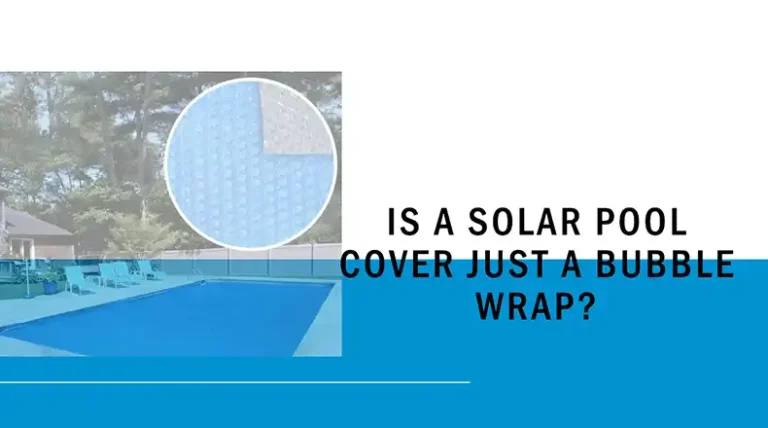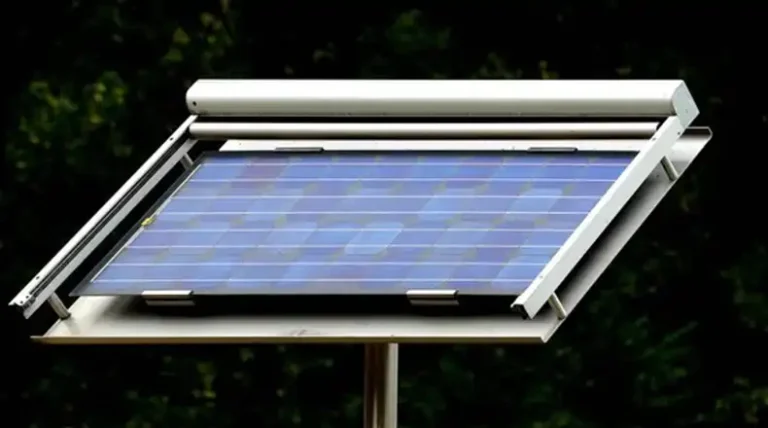Do Solar Skylights Qualify for Tax Credit?
Solar skylights are windows installed on the roof that bring natural light into your home while harnessing solar energy. They offer many benefits, such as reducing your reliance on artificial lighting, lowering energy costs, and contributing to a more sustainable lifestyle. As awareness of environmental issues grows, homeowners are increasingly seeking energy-efficient solutions, and solar skylights are an excellent option.
The federal government recognizes the importance of promoting energy efficiency and offers tax credits for certain home improvements, including solar skylights. Now, to get to know more about solar skylight qualification for tax credits, the eligibility criteria, and how to claim the credit; take a few minutes and stick to the post till the end.

Solar Skylights and Tax Credits: Everything You Need to Know
Eligibility for Tax Credit
It’s essential to understand that not all skylights qualify for the federal tax credit. The credit is specifically designed for solar-powered skylights, which harness the sun’s energy to power features like ventilation and night lights. Traditional, non-powered skylights do not meet the eligibility criteria.
Solar-powered skylights typically incorporate photovoltaic cells or solar thermal collectors to generate electricity or heat. These skylights often have additional features like remote-controlled venting systems, integrated blinds, or LED lighting powered by the collected solar energy.
Details of the Tax Credit (as of May 21, 2024)
As of May 21, 2024, homeowners can claim a 30% tax credit for the installation of eligible solar skylights. This credit is valid until December 31, 2032, thanks to the extension provided by the Inflation Reduction Act of 2022.
The tax credit applies to the total cost of the project, including the purchase price of the solar skylights and the installation expenses. It’s important to note that the credit is non-refundable, meaning it can only reduce your tax liability and cannot result in a refund if the credit exceeds your tax owed.
Limitations and Exclusions
While the tax credit for solar skylights is a valuable incentive, there are some limitations and exclusions to be aware of. First, there is an annual aggregate limit of $3,200 for energy-efficient home improvement tax credits, which includes credits for solar skylights as well as other eligible improvements like insulation, windows, and doors.
Additionally, the tax credit cannot be claimed for installations related to swimming pools or hot tubs, as these are considered non-essential home improvements.
Claim the Tax Credit
To claim the tax credit for solar skylights, you’ll need to complete IRS Form 5695, the Residential Energy Credits form. This form should be filed along with your regular federal tax return. It’s advisable to consult a tax professional or refer to the IRS guidelines for specific instructions on claiming the credit, as requirements and documentation may change from year to year.
End Note
Solar skylights offer a unique opportunity to harness the power of the sun while enhancing your home’s natural lighting and reducing energy costs. Thanks to the federal tax credit, the upfront investment in solar skylights can become more affordable, making it an attractive option for homeowners seeking energy-efficient solutions.
By understanding the eligibility criteria, the details of the tax credit, and the process for claiming it, you can make an informed decision about whether solar skylights are the right choice for your home. Don’t forget to consult a tax professional for personalized guidance and ensure you have all the necessary documentation to take advantage of this valuable incentive.
Common FAQs
Can I claim the tax credit for solar skylights installed in a rental property?
No, the tax credit is specifically for solar skylights installed in residential properties that you own and use as your primary residence.
Can I carry over the unused portion of the tax credit to the following year if I exceed the annual limit?
Unfortunately, no. The tax credit for solar skylights is non-refundable and cannot be carried over to subsequent tax years. It’s important to plan your energy-efficient home improvements accordingly to maximize the credit within the annual limit.
How much can I save with the federal tax credit?
The amount you can save with the federal tax credit for solar skylights depends on the total cost of your project. The credit is 30% of the total cost, including the purchase price and installation expenses. For example, if your solar skylight project costs $10,000, you could potentially save $3,000 on your federal taxes.


![[Answered] How Does a Solar Generator Work?](https://www.itekenergy.com/wp-content/uploads/2023/06/How-Does-a-Solar-Generator-Work-768x428.webp)



